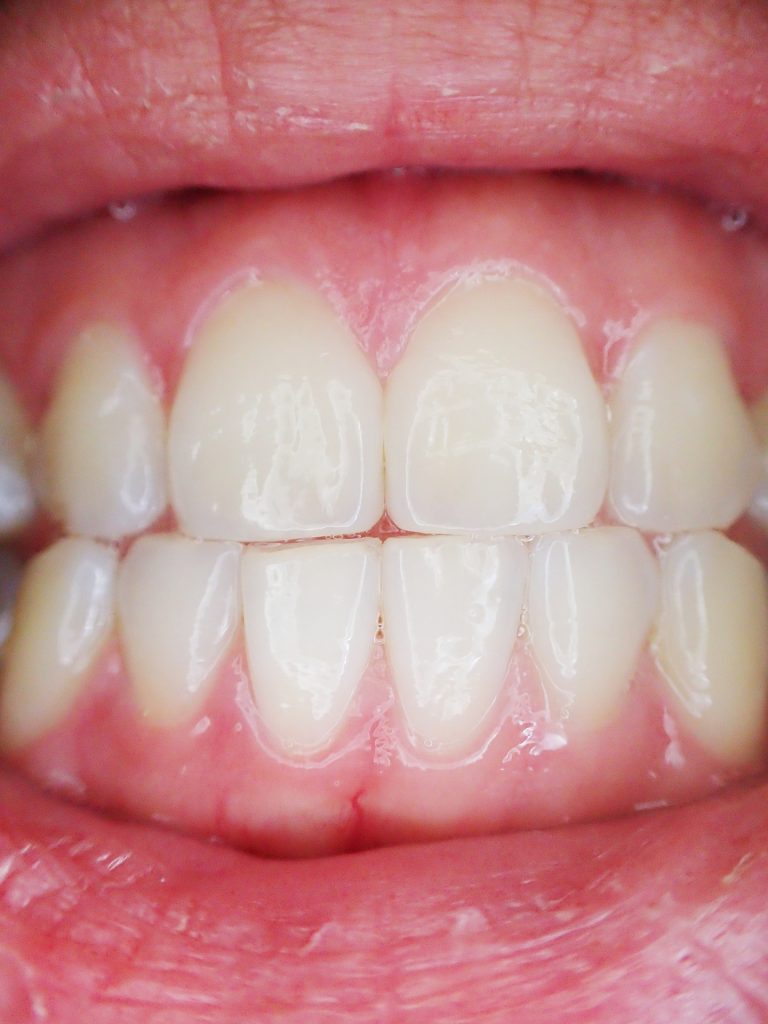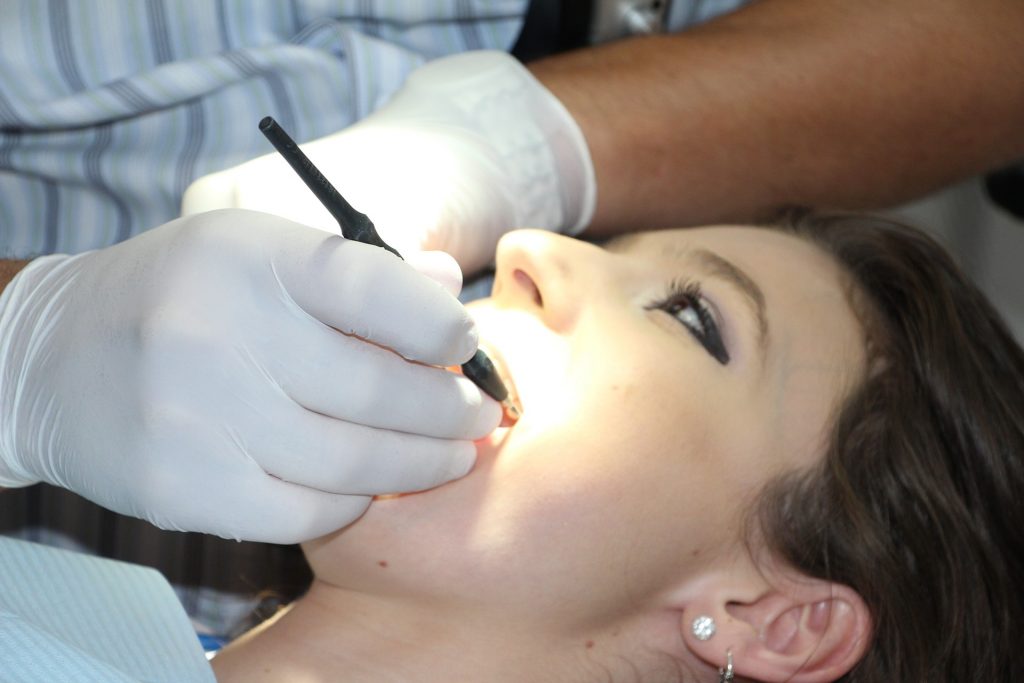Gum Disease: Causes, Symptoms, and Treatments

Gum disease, or periodontal disease, is an infection or inflammation that affects tissues that support the teeth. These tissues include the tooth socket, the periodontal ligaments, and the gums. Out of the diseases that affect the mouth, there are 2 that affect the gums specifically: gingivitis and periodontitis.
Gum Disease: Gingivitis
A mild form of gum disease, gingivitis is characterized by red and irritated gums. Although very common and mild, gingivitis can lead to a more serious infection, such as periodontitis, if left untreated.
People who are more at risk of getting gingivitis include the following:
- Minorities
- Those with less education
- Those with poor dental hygiene and those who do not visit a dentist regularly
- Those with decreased immunity
- Uncontrolled diabetics
- Pregnant women
- Smokers
- Substance abusers
- Older adults
- Those with poor nutrition
Causes
The reason poor oral hygiene is considered to be the main cause behind gingivitis is that it allows plaque to build up on teeth. Plaque is formed when mouth bacteria interact with sugars and starches found in food. This interaction leads to the development of a sticky substance called plaque.
But poor oral hygiene is not the only factor leading to gingivitis. Other factors include:
- Misaligned teeth
- Rough-edged fillings
- Ill-fitting or unclean mouth appliances
- Uncontrolled diabetes
- Thyroid disorders
- Nutrient deficiencies
- HIV infection
- Certain medications used to treat other diseases
- Some birth control pills
- Changes in hormones
Symptoms
Since gingivitis does not always present symptoms, many people do not even realize that they have it. So how can you know?
Remember that healthy gums are pale pink color and firm. Hence, symptoms of gingivitis can include:
- Gums that tender to the touch
- Gums that bleed even after only brushing your teeth gently
- Swollen gums
- Shiny gums
- Bright red, dusky red or purple-red gums
- Mouth sores
- Bad breath
Treatment
Gingivitis can generally be cured with a simple professional cleaning. Professional cleaning involves removing all plaque and tartar from the teeth and gums. This process is called ‘scaling’. Depending on the gravity of the disease, the dentist may have to perform several deep cleanings to remove the plaque and tartar.
The dentist will also discuss fixing misaligned teeth or poorly fitting fillings and may even recommend plaque-removal devices, such as special toothbrushes or water irrigation tools.
Gum Disease: Periodontitis
Periodontitis is caused by untreated gingivitis and is much more serious. This gum disease is the number one cause of tooth loss in adults as it can even lead to the destruction of gums, mouth tissue, bones, and teeth.
When plaque spreads too much below the gum line, toxins in the plaque break down the tissues and bone that support the teeth. The gums, then, pull away from the teeth and create spaces called pockets. These pockets can become infected and lead to the teeth becoming loose.
However, it is important to note that there are several types of periodontitis, such as:
- Chronic periodontitis
This type of periodontitis can occur at any age and is the most common form of the disease. It is most common in adults and is characterized by pocket formation and gum recession.
- Aggressive periodontitis
This form of periodontitis is characterized by rapid loss of gums and bone destruction.
- Necrotizing periodontal disease
Necrotizing periodontal disease is most widespread in individuals with systemic conditions like HIV and immunosuppression and is characterized by the death of periodontal ligaments, gum tissue, and alveolar bones.
Causes
Periodontitis can be viewed as a manifestation of systemic diseases and poor oral hygiene. But is also caused ongoing gum inflammation that is left untreated. As the plaque hardens into your gumline it turns into tartar, which is filled with bacteria. These deep infections will eventually lead to the loss of tissue.
Symptoms
If your gums are not pale pink and firm, it is time for you to start looking at your gums and paying attention to changes, such as:
- Swollen, tender gums
- Spaces developing between your teeth
- Bright red or dusky red gums
- Receding gums (your teeth might start looking longer than normal)
- Loose teeth
- Pus around teeth and gums
- Bad breath
Treatment
While treatment is usually non-surgical, your dentist may have to resort to surgical treatments, depending on the severity of the disease.

Nonsurgical treatments include:
- Scaling
This treatment is simply the removal of tartar from the teeth and beneath the gums.
- Root planning
This involves sampling smoothing the root surfaces to prevent further buildup of tartar.
- Antibiotics
The dentist might prescribe topical antibiotics like mouth rinses and gels.
Surgical treatments include:
- Flap surgery
- Soft tissue grafts
- Bone grafting
- Guided tissue regeneration
- Enamel matrix derivative application
Discuss with your dentist to find out which one of these surgical treatments might be best suited to your specific problem.
Prevention

Prevention is always better than cure. And preventing gingivitis and periodontitis is actually rather simple – Aim at practicing good oral hygiene. Here’s what you should do:
- Brush your teeth twice a day.
- Floss at least once a day.
- Go to a dentist every six months to have your teeth professionally cleaned.



